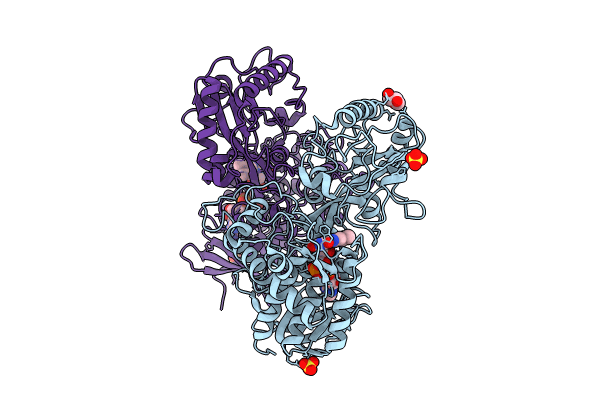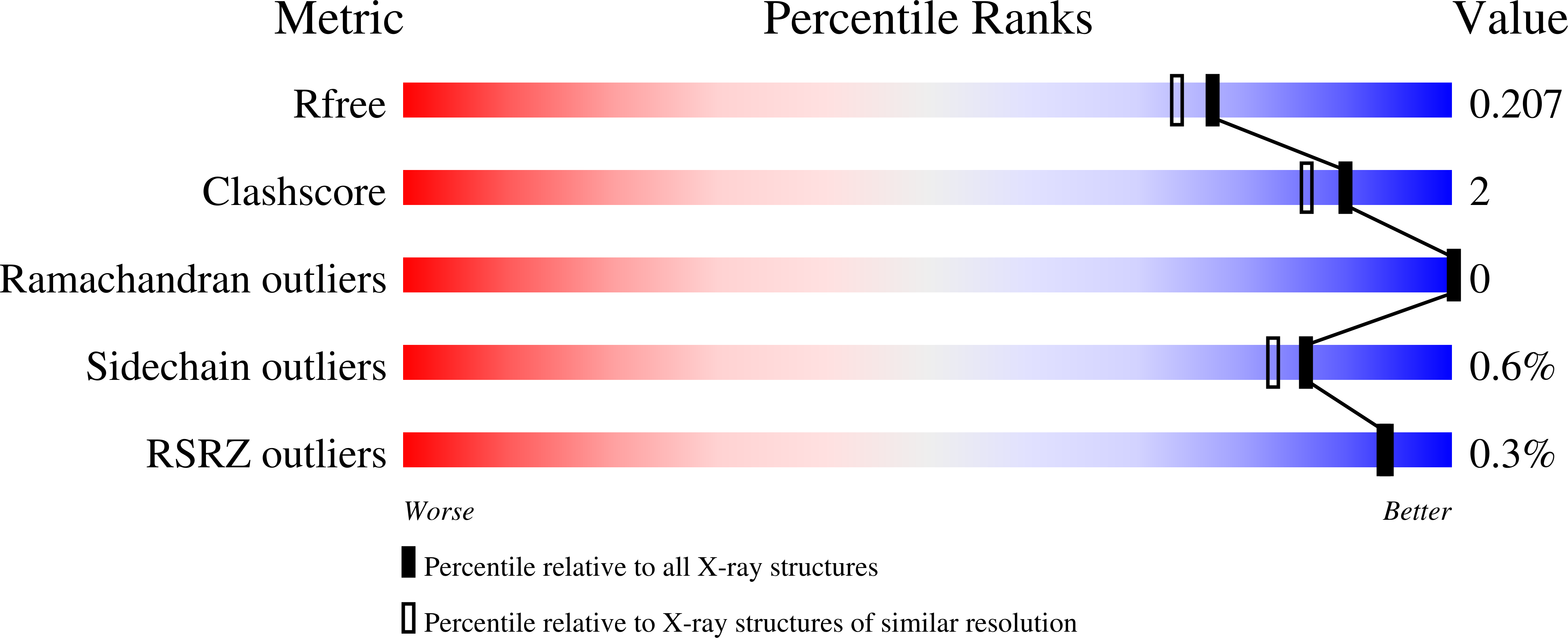
Deposition Date
2022-08-02
Release Date
2024-02-14
Last Version Date
2024-04-10
Entry Detail
PDB ID:
8AM3
Keywords:
Title:
Cyclohexanone dehydrogenase (CDH) from Alicycliphilus denitrificans K601 - wildtype
Biological Source:
Source Organism:
Alicycliphilus denitrificans K601 (Taxon ID: 596154)
Host Organism:
Method Details:
Experimental Method:
Resolution:
1.86 Å
R-Value Free:
0.20
R-Value Work:
0.17
Space Group:
P 43 21 2


